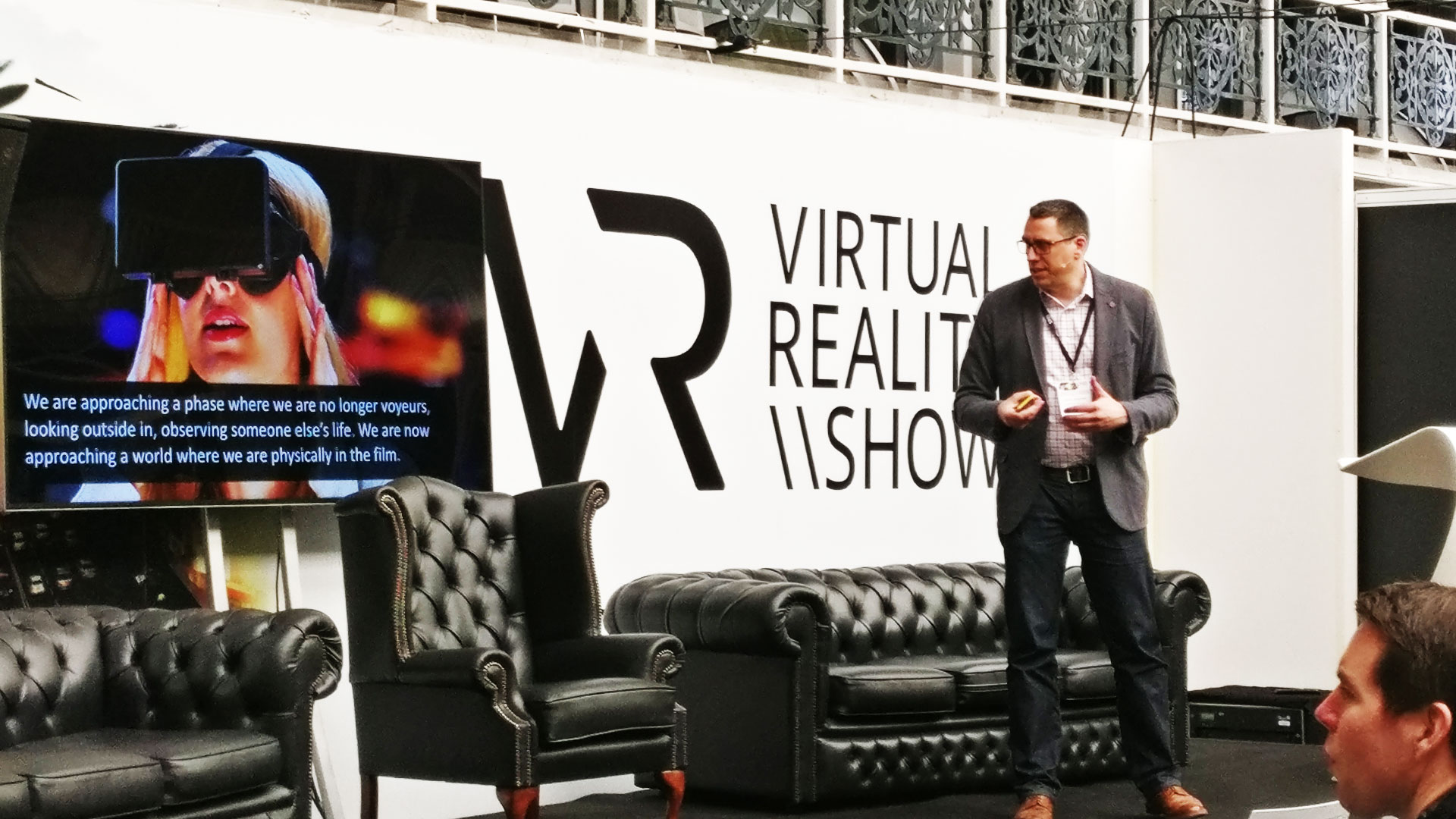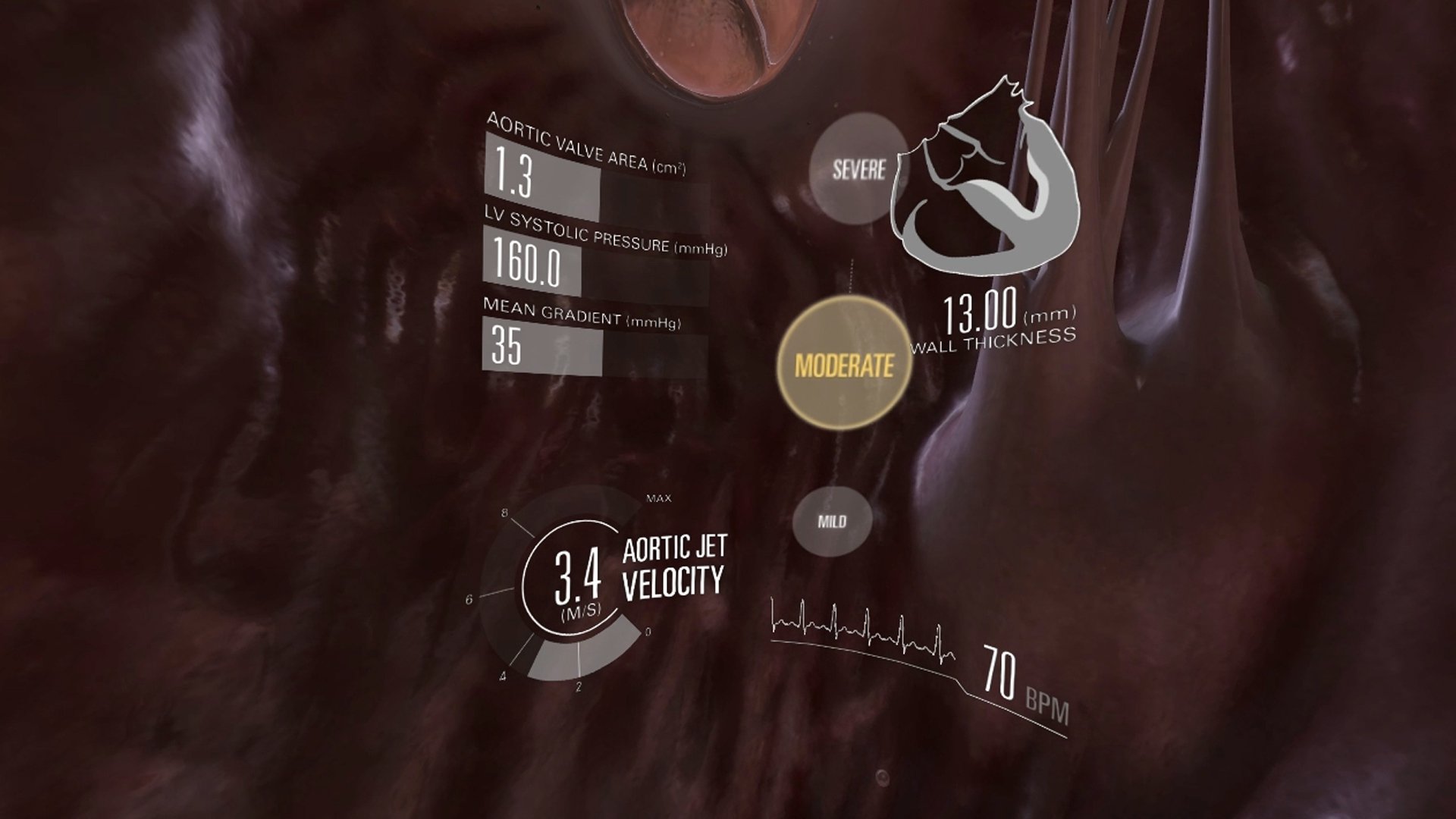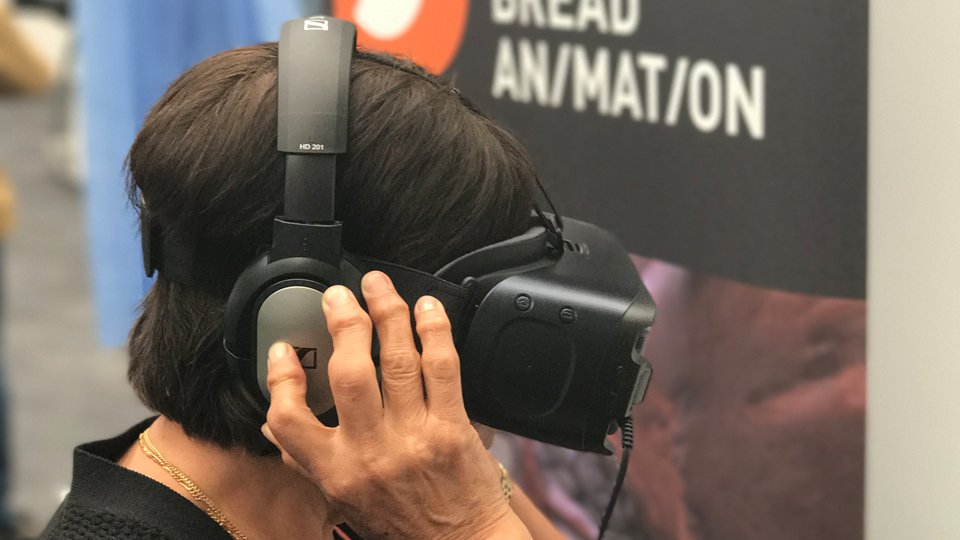1. Show Off Your Latest Products
One way to make use of VR and 360 video is to show off your latest products in all their glory. This way, you can create immersive experiences for your target audience and provide them with a fun and unique way to show off your products.
This could be especially useful for products that are hard to demonstrate properly at the event. For example, you could create a VR experience to show off your new scuba diving equipment or hiking boots by placing the customer in the setting where the products are used. Or you could put customers behind the wheel of your latest car, like Volvo did.
This could be a fantastic way to not only build hype around your products but to also help your customers make more informed buying decisions.
2. Create Something Truly Memorable
VR and 360-degree videos are exciting technologies that give you the opportunity to create something amazing that attendees will remember for a long time. And it’s something that everyone is talking about.
Yet few have actually experienced VR in all its glory. Brands that provide people with their first experience – and you make it incredible – are going to be remembered and talked about – a lot!
So use VR and 360 to build buzz around your brand. Not only will attendees tell their friends about it, but they might film it and share it on social media.
The NY Times is using VR to create memorable experiences like ‘Seeking Pluto’s Frigid Heart’, and this has generated a huge amount of interest and buzz. There’s no reason why you can’t do something similar.
While using VR to demonstrate your product is an excellent idea, you might also want to think beyond your product. Perhaps it would be better for you to create an exciting experience that is only loosely based on your product, especially if you do not sell products that are used in particularly exciting ways.
3. Use for Training Purposes
If you are going to be providing some kind of training at your event, video is a great option that helps you to provide a better learning experience. So take this one step further by using 360 video or VR.
VR especially can help to make complex training a lot easier by putting the user right into the situation and present more realistic scenarios so they are better prepared. The possibilities for this are enormous.
4. Attract More People to Your Event
People are curious about VR so will be interested in the experience. Brands can capitalise on this by creating a buzz around VR in the build-up to the event, perhaps by creating a teaser campaign showing off glimpses of what people will be able to experience.












